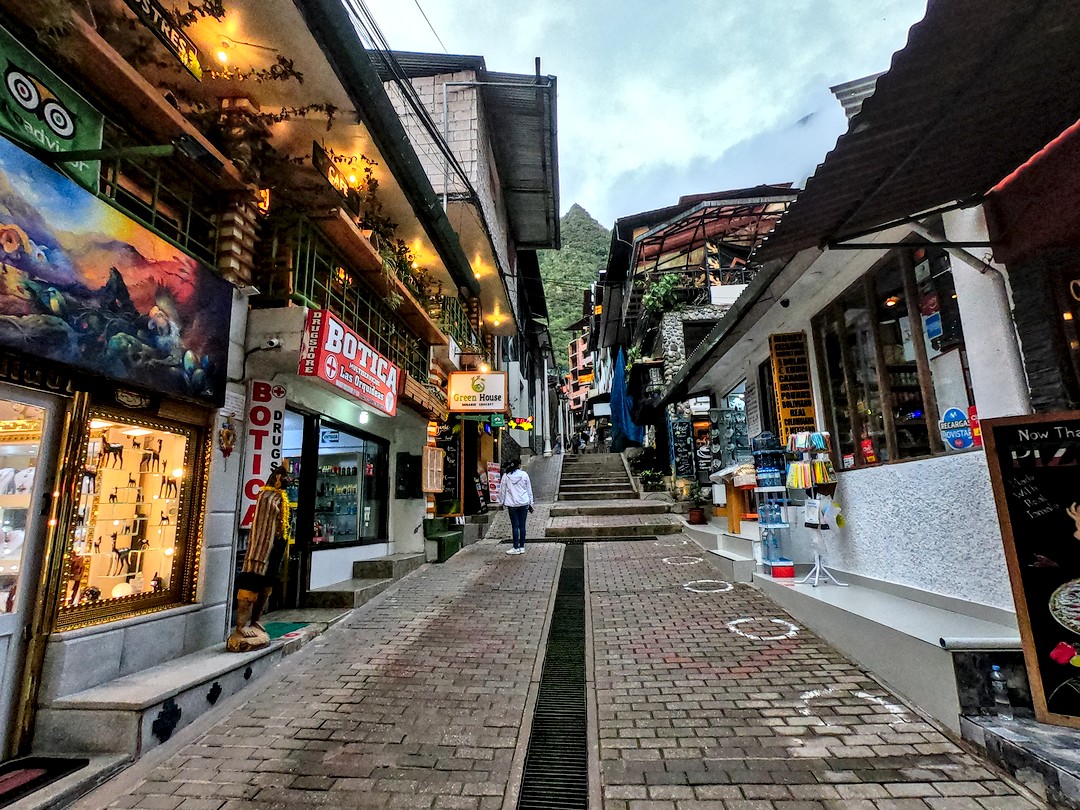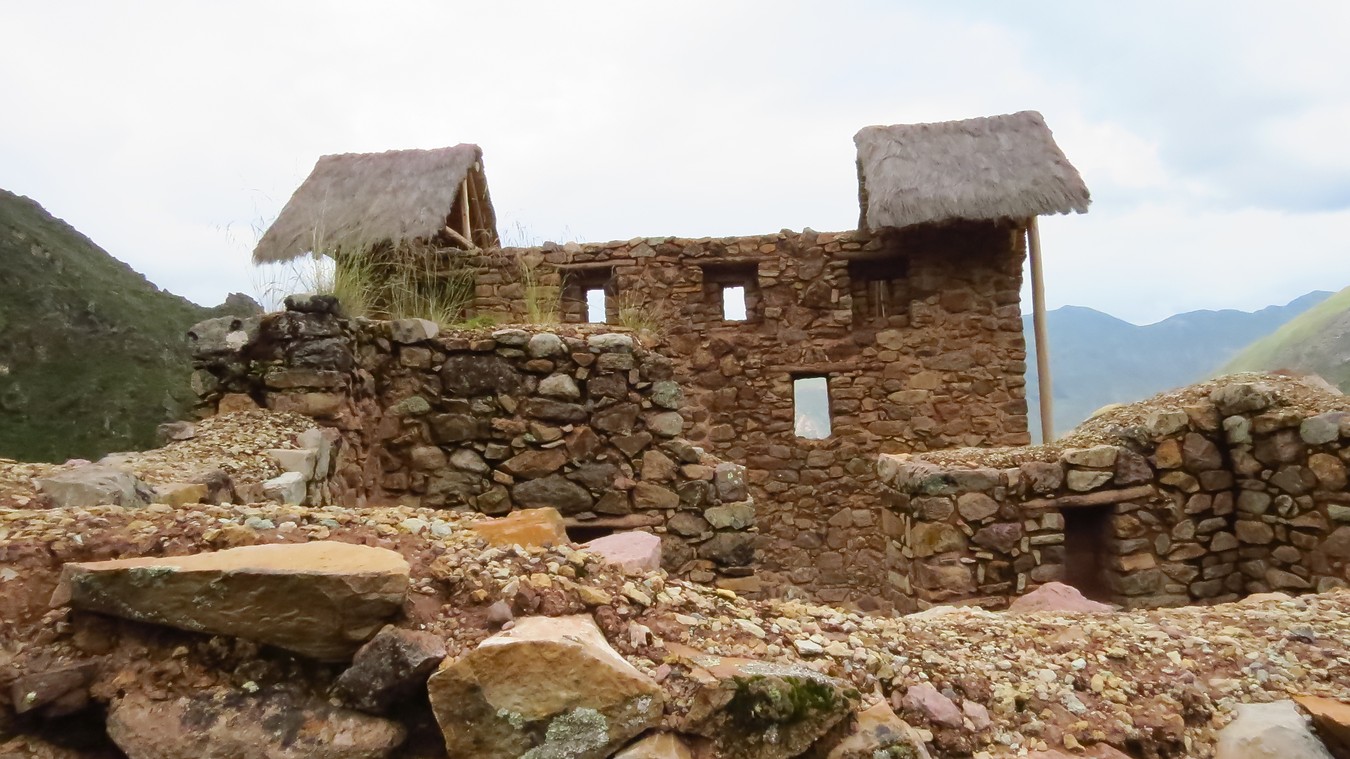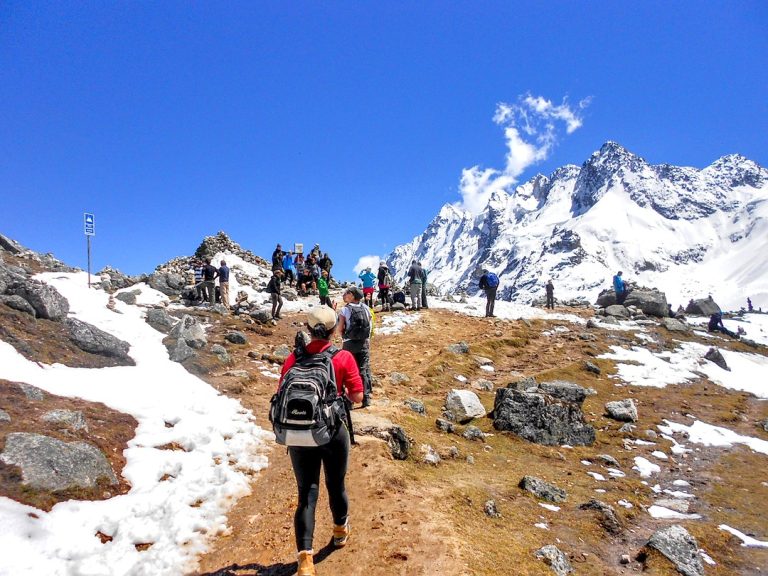Peru Language: A Showing of Customary Practices
If you are used to meeting new people, you can guess their nationality by their mannerism and their form of speech. The way people speak can reveal who they are, after an intense conversation which might have lasted for some hours. In the same manner, the number of times being used in the midst of people can help you classify if Peru language is predominantly in use. Perhaps you are a tourist and your next destination is Peru, you need to be aware of the languages that are spoken there so that you know how to interact with the local people. Interestingly, traveling is part of an adventure that allows you to meet new faces with their mannerism and forms of language.
Perhaps you would like to see Peru once more for your vacation because you miss the culture and the food. Moreover, your frequent visits can make you take a keen interest in the various languages that are spoken by the local people. This way, you develop affiliation for the people by knowing how they think and speak through their languages. It all depends whether you to explore the landscape, see new people, learn about their mode of receiving strangers through hospitality.
Constitutionally, Peru accommodates other languages that span over forty-two in number. However, much of the predominantly used languages and the ones going into extinction are discussed below.
Spanish Language in Peru
Also known as Español or Castellano, the larger percentage of those that speak this language in Peru is close to eighty. Interestingly, there are variations to how Spanish is represented, depending on various locations. You can also notice the differences in the use of Spanish in intonation, pronunciation, and meaning. Moreover, it is important to note that Español is the language of government, meaning that the language is universally accepted and used in media housing, public functions, the state government offices and so on. So, for every nooks and cranny in Peru, you can expect the people to use Spanish successfully, but with slight variations in the style.
Quechua – Peru Language
In Peru, Quechua is the most used language after Spanish, which is the language of government. The Inca Empire popularized the use of this language for many years, and its traces can still be found in the central and southern highlands of the country. Interestingly, this language existed even before the emergence of the Inca Empire. Today, the Inca Empire has naturally claimed the use of this language. There are also variations of this language, across the natives that speak it. People outside this group may find it difficult to understand one another in the process of initiating interaction.
Aymara – Peru Language
After Quechua, Aymara is the third widely spoken language among the natives in the country. This language is associated with the Bolivian sect because they speak this language more than other tribes in Peru. However, the major challenge about this language is that the people speaking it are few in number, compared to other languages. The reason is that the people that speak it are not widely spread, unlike Spanish or Quechua that has more speakers in major cities.
Aguaruna – Peru Language
You can hardly find those that are making use of this language because it is nearing extinction. The reason is that the people of Peru have embraced Spanish and Quechua far more than other minority languages. Interesting, those that still have the faintest idea about this language are either code-mixing or code-switching Aguaruna with either Spanish or Quechua.
Shipibo – Peru Language
This language also falls under the category of Aguaruna, because a very insignificant number of people make use of it. As it stands, you can only find traces of this language buried inside other major languages like Spanish. Those you will find speaking these languages can be found in the Amazon region. Interestingly, there are over thirteen tribes that can be found in the Amazon forest speaking some of these languages that are close to extinction.
Ashaninka – Peru Language
Amongst the thirteen tribes in the Amazon forest, you can also discover the use of this language among its native, but the problem arises in knowing how these minor languages have stayed on while still nearing extinction. For those that have had contact with these tribes in one way or another, they can testify that the languages spoken in the Amazon forest by the clans present there are not incomprehensible for other native language users living outside the forest.
On your next trip to Peru, you may become fascinated by the comeliness of the people, coupled with the way the majority speak Spanish with vibrancy. Apart from the food and music that has been a tourist attraction for many years, the ancient relics of the highlands and the lowlands can see you embracing the gifts of history more. So, with the help of a guide, you can navigate the whole landscape of Peru, as you seek to learn about the people and how they accept foreign folks into their country. Initially, you may struggle with languages that you made the first contact after your anticipation to see Peru. There is more to getting obsessed with the people’s food. There are other aspects of the culture of the people you can grow to love in the course of your stay. Moreover, the Peru government is keen to encouraging foreigners to stay and mix with the local people in order to build relationships for a long time. The reason is that the Peru language has the capacity to unite both foreigners and the natives alike.






